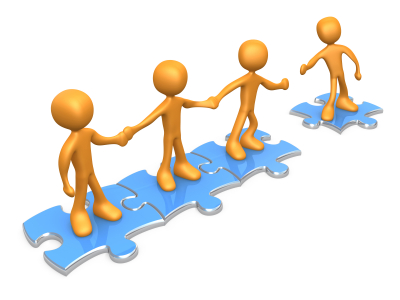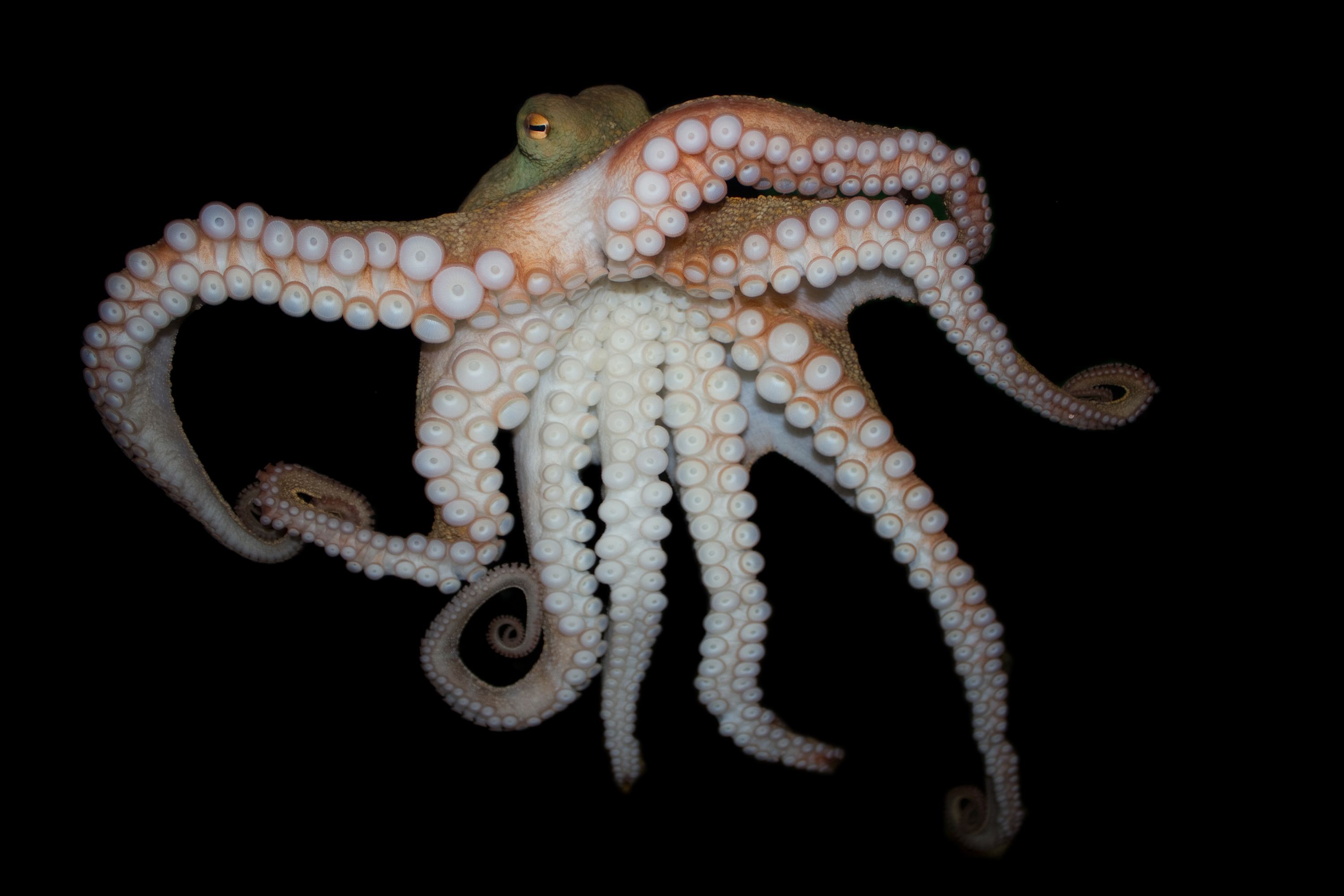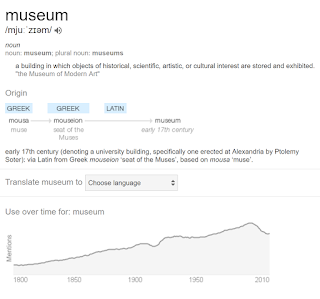A good six months into my new role as Education Manager at the Waitangi Treaty Grounds is a good point for me to take some stock. We have come far, but every time I reach the peak of a mountain, I can see the next mountain range I want to climb:) Looking back over the last six months, there has been lots of learning
- of the necessary historic content (and there is always more to learn)
- how to run experiences outside the classroom for different ages, topics, learning needs etc.
- how to operate within one of the major historic & cultural attractions of the north
and much, much more. It has also left me with many questions:
- What is the role of Museum Education within the wider NZ education system, and what do visiting teachers know about our role?
- Do Museum Educators connect and learn with and from each other across sites?
- How do you personalise learning for students when you are not the 'main' teacher for a class?
- How do we best incorporate UDL into our programmes?
- Pre- and post-visit learning: What exactly is our role, and how do we best fulfill this role?
- How do we know we have made a difference to students' learning?
Looking back, it's interesting how easy you can fall back into a 'safe' zone of teacher directed learning on set topics, and I think that's probably what I have been doing when I first started here. We have since developed our programmes to offer more personalised programmes for individual classes, and while there are certain things many visits have in common, we have had lots of fun running visits around "Polynesian migration", "European migration", "Matariki", "Northern wars", "significant events after the signing of Te Tiriti" and even "setting up an imaginary museum". I rewrote our Teacher Handbook to give teachers some ideas and important information before they arrange their visits.
The way I see it, the Museum Educator needs to not just understand points 1-3 from the top, they need to understand
future focused teaching and learning:
Personalising learning; New views of equity and diversity; Rethinking learners' and teachers' roles; A culture of continuous learning for teachers and educational leaders; A curriculum that uses knowledge to develop learning capacity; and
New kinds of partnerships and relationships. What does this look like in our context?
Personalising Learning
In my own classroom, personalising learning would apply to each individual student, using my knowledge of every student; that's where we run into a bit of trouble as we don't usually know much if anything about our visiting students. However, we try to personalise the visit in a different way; to get away from providing just one programme for a particular year level, we try to work closely with the visiting teachers to tailor the programme to their needs.
Equity and diversity
As mentioned above, our knowledge of students is very limited and usually comes via the visiting teacher. However, when they arrive, we now make a real effort to get to know something about the students, and we try to hook into this where we can (e.g. an exchange student from NSW gave us the opportunity to talk more about connections with Australia during the early contact period, or we encourage avid waka ama sports people to take the lead when we visit Ngātoki). We are still working on suitable strategies to support students with special education needs better.
Rethinking learners' and teachers' roles
Ako… in a reciprocal learning relationship teachers are not expected to know everything. In particular, ako suggests that each member of the classroom or learning setting brings knowledge with them from which all are able to learn. (The concept of Ako)
I'm quite confident that we attempt to do this in every visit and generally do it quite well; however, not all students will be confident to share their knowledge with relative strangers during the visit. Establishing relationships during visits is one of our major goals, and with these relationships comes a greater chance that students will feel safe enough to share their knwledge with us.
Continuous learning for educators
This is one of the key elements for us in our work; while you could be forgiven for thinking that history is set in stone as it has happened, our understanding of historic events, their causes and consequences morphs and changes over time. It is not just a matter of reading lots of books, it's the korero with visitors, with local kuia and kaumatua, the visiting of other historic sites and museums and the making of connections between what we already know. As the saying goes, "history is written by the victors" (often misattributed to Winston Churchill but apparently its origins are unknown), but we are trying very hard to give a more balanced view of New Zealand history.
My learning has concentrated a lot on content lately, but I want to stay up-to-date with pedagogy, with new approaches to learning and teaching, with future-focused pedagogy, with effective use of technology to transform learning. Our small team of currently two, soon three teachers, sits a bit isolated, not just geographically, and I am keen to link in more again with the wider education community.
Use of knowledge to develop learner capacity
It would be easy to see a visit to a museum or a historic places just as an opportunity to gather facts and information. We have said to our visitors all along that if they just leave us with information they could have gathered via Google, we have failed. Depending on age and maturity of our students, we try to encourage them to think deeper, think about the why and how, about the implications events have had in the past, have in the present and will have in the future. To this extent we have developed the progression of Collect, Connect and Reflect: Collect facts and information, Connect with prior knowledge and with yourself, Reflect on causes and consequences on New Zealand and on yourself.
Ultimately I want students to inquire into a question that is dear to them, but I am still trying to work out where exactly Museum Education fits into the wider education landscape. Are we running 'the show' or are we supporting the teachers with their learning (and how do we do that)? If we are 'running the show', how do we set up the inquiry, work through the stages and have the students share their learning if all we see them for is the three hour visit? Kath Murdoch, whose work I admire, has written an interesting post about
"How inquiry teachers... teach" which is a good starting point for me to think about this more.
New partnerships and relationships
To a certain degree, we are one of these partners in learning, we support and hopefully extend the learning that happens in the classroom. We have learnt heaps from other people in the field, and we are trying to integrate this into our work with schools.
When schools visit us, I am sometimes not sure what role the visiting teachers expect us to play. I want us to be more than just the transmitters of information, but it is the class teacher after all who brings them here, who facilitates the learning at school, sets up units of work, inquiry projects etc. We are making a point of only appointing teachers into our team because I want us to connect the Old with the Modern, to help students inquire into our history using a future focused lens. I want our programmes to closely link with the learning in classrooms and with the NZC. Our Museum Educators need to be future focused teachers, and they need to be able to build relationships as well as manage behaviour when necessary.
Where to next?
The lovely Tara Fagan at Te Papa and I have been bouncing ideas off each other about how to bring future focused learning to Museum Education - hence the post title Old meets Modern. I have to admit I have found time constraints are a major distraction to work on any issue or project consistently and to the depth I would like to. Thankfully with another teacher starting with us early September I will spend less time out on the grounds with classes and will be able to focus more time on answering my questions above. Each of these questions are as important as the next, and there are another few little ideas I have on the back of my mind - actually in a OneNote notebook so I won't forget (old brain...). A lot of these depend on improving our connectivity.
In regards to the actual visits, I am trying to give students more choice (e.g. they select the speech of one Māori chief and find supporting or contradicting evidence while we move around the grounds, and at the end of the visit they can state if they agree or disagree with the chief, backed up by the information they have collected), but overall I don't think we are fare well enough yet on UDL approaches. Once our connectivity has improved, I see lots of room for children's choice on how to present back their learning; wouldn't it be cool if a student chose chose to make a ChatterPix video of a carved figure answering a particular question, or maybe a stop-motion animation filmed down at Hobson's Beach showing a waka drill?
I would also like to connect more with the local educators, we have an advisory group which we could look at expanding further, but I would also like to be part of teacher PLD in the area (Educamps etc.). A step further would be actually running such PLD here on site - with beautiful views and a yummy cafe on site, the learning can only benefit...










